The municipality of Alfacar is located in the La Vega region of the province of Granada, situated on the southern slopes of the Sierra de la Alfaguara mountain range. It is bordered by the towns of Jun, Nívar, Víznar, Huétor Santillán and Güevéjar. It is just 7 km from the city of Granada.
A brief history...
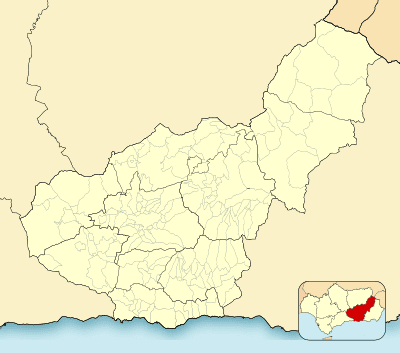
Prehistoric Alfacar
At the beginning of the Tertiary Age, major tectonic shifts occurred that shaped the Iberian Peninsula into its present form. As a result of these shifts, the area which is now Andalusia was compressed and elevated to form the Sierra de Huétor.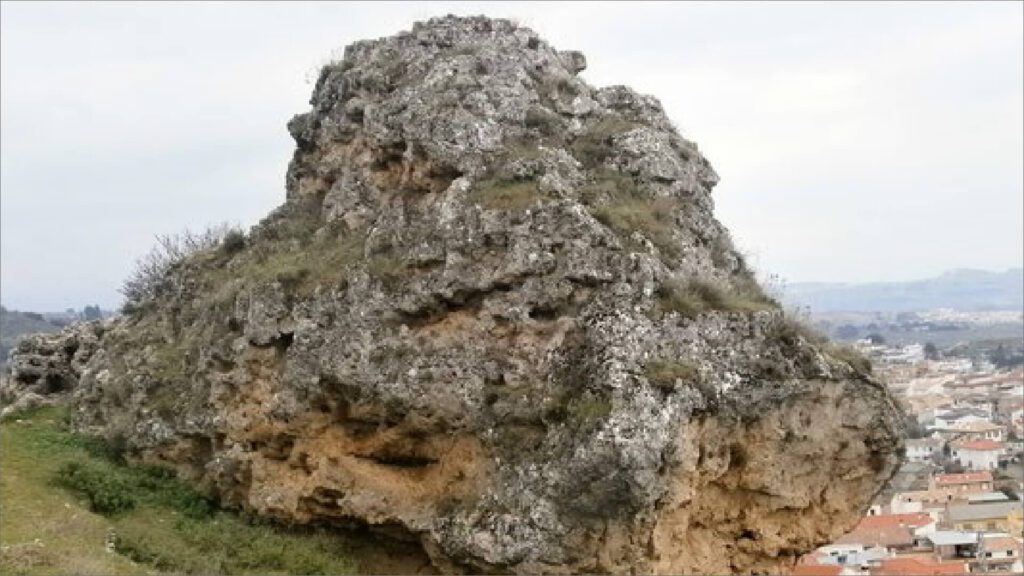
El Peñón de las Majolicas
Located in the foothills of the Sierra de Alfacar, about 900 metres from Alfacar. At the western end of the Alfacar settlement, there is a 14-metre-deep chasm in which abundant remains of ceramic material from the Neolithic period have been found (impressed, incised and pointed ceramics), along with lithic and bone artefacts, decorative objects, polished axes, etc. The chasm gives way to a cave whose entrance is currently blocked due to a cave-in The archaeological material collected at this site indicates the existence of a cultural horizon ranging from the Ancient Neolithic to the Copper Age.El Caracolar
Around 15 million years ago, the Guadalquivir Basin was occupied by the sea. Marine animals (molluscs, sea urchins and fish) lived on its continental shelf. When these animals died, they were buried under the debris brought in by the rivers. Due to the tectonic upheavals that formed the Cordilleras Béticas, the deposits containing these animals were displaced and pushed upwards. Later, due to erosion, they were exposed, forming what we know today as El Caracolar. It is located on the right-hand side of the road that runs from Fuente Grande to Víznar. There, fossil remains of mollusc shells and sea urchin skeletons can be found.
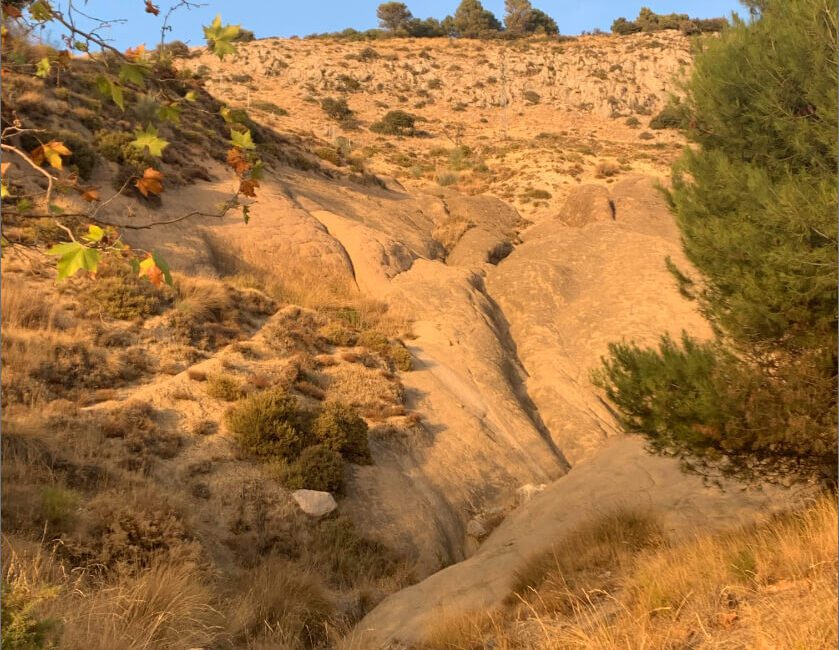
Moorish Alfacar
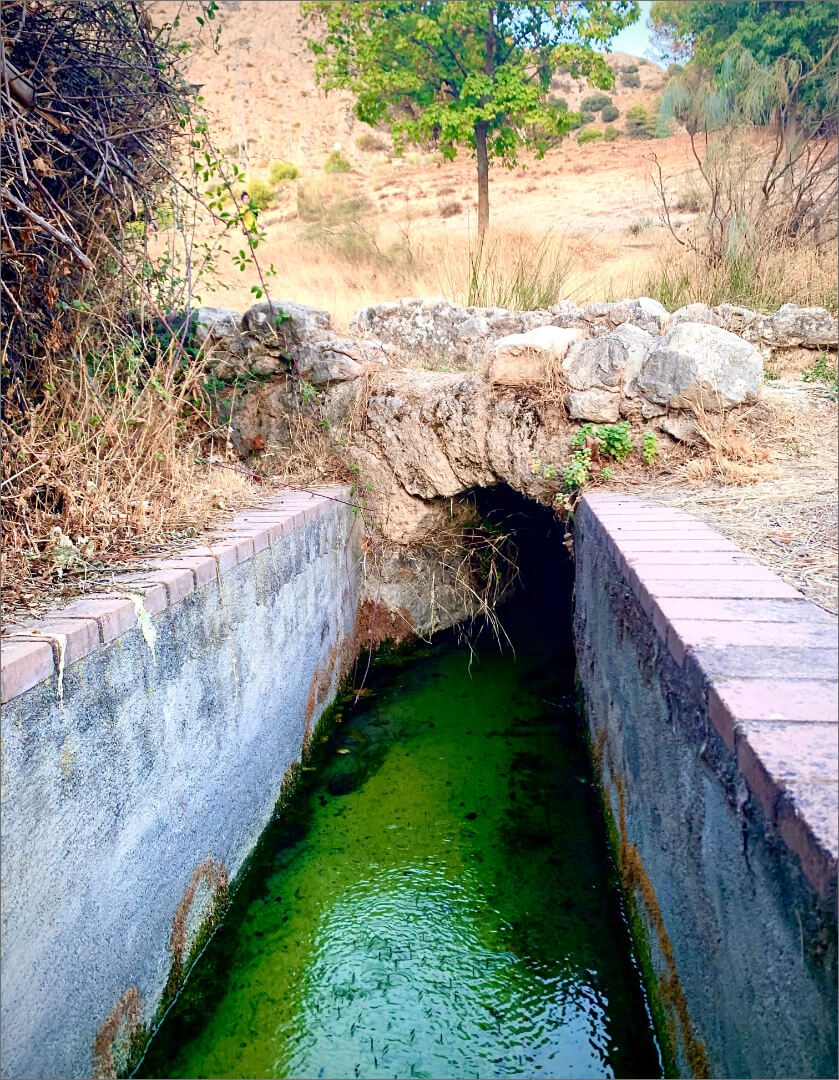
Acequia Aynadamar Alfacar
The first records of Alfacar as a settlement date from the Zirid period (1010-1090). The name Alfacar comes from the Arabic word ‘al-Fajjar’ which means mud, clay or the potter’s workshop. At that time, palaces, mosques, towers and a castle were erected in the area around Aynadamar (now known as Fuente Grande). Evidence of this can still be seen in buildings like El Arco de Somera, the baths, the Acequia de Aynadamar (Aynadamar irrigation canal) and part of the old city wall.
In the 14th and 15th centuries, Al-Khatib and Ibn Battuta mention the locality both as a place of leisure and as the site of battles during the final years of the Reconquest. Alfacar was one of the last Moorish towns to surrender to the Catholic Monarchs. A few days before Granada was finally taken, the Capitulación de Alfacar (Surrender of Alfacar – 1491) was signed; this was an agreement signed by the Catholic Monarchs and the two mayors of ‘las torres de Alfacar’, in which the Muslims were guaranteed a number of rights. Thus putting an end to the last pocket of Nasrid resistance to the Catholic Monarchs’ forces.
Subsequent events that were detrimental to the Muslim minority provoked the Alpujarras Rebellion, whereas in Alfacar, there was only a peaceful protest in Las Canteras. However, this rebellion prompted Philip II to order the expulsion of the Moors from the kingdom of Granada in 1570, along with the confiscation of all their property.
The 16th-20th Centuries
1898
The Alfacar Town Council acquired and installed the clock in the tower of the Iglesia Parroquial de la Asunción parish church. The current Spanish clock, made by Canseco, was purchased and installed when Miguel Torres Vílchez was Mayor and President of the Town Council. On the clock there is a stamp that reads: ‘Proveedor de la Real Casa Canseco, Relojero Madrid. Calle Barrionuevo 15’ (By Royal Appointment, Canseco, Clockmaker, Calle Barrionuevo 15, Madrid); production number 663. Another incription reads: ‘Privilegio de invención de España y Francia. Sistema Canseco número 5, dispone de cuerda para treinta horas’ (Invention Privilege in Spain and France. Canseco System number 5, has thirty hours of rope).
Saturday, 20 September 1980
The Granada Provincial Council acquired 9,000 square metres of land on the slopes of Las Torices for the construction of a public park in honour of Federico García Lorca.
Tuesday, 7 October 1980
Signs of digging were found at the place where Federico García Lorca is believed to have been buried.
A few days after the acquisition of the land on the slopes of Las Torices was made public, signs of digging were found in a radius of two metres around an olive tree, the foot of which, according to 95% of those interviewed by the commission for the creation of the park, was the exact place where Lorca was buried. [El País, 7/10/1980]
Sunday, 27 April 1986
The Federico García Lorca Park was inaugurated by the President of the Provincial Council of Granada, Juan Hurtado Gallardo.
Wednesday, 2 February 2000
The President of the Andalusian Regional Government inaugurated the new Alfacar Health Centre.
The attendees included Manuel Chaves (President of the Andalusian Regional Government), Juan Caballero Leyva (Mayor of Alfacar), José Luis García de Arboleya y Tornero (Minister of Health), Camen Martínez Aguayo (Managing Director of the Andalusian Public Health Service), Jesús Quero (Delegate of the Andalusian Government), Francisco Cano Bueso (Provincial Delegate of the Regional Ministry of Health), Aquilino Alonso Miranda (Public Health Service Director for Granada) and José Enrique Moratalla (Mayor of Granada).
Sunday, 2 July 2000
The town held its first ‘Feria del Pan‘ (Bread Fair) with a turnout of over 7,000 people.
On Sunday, 2 July 2000, a tasting of the town of Alfacar’s most popular product, its bread, was held concurrently in the Plaza del Prado and the Plaza de la Iglesia. It’s many different forms were enjoyed accompanied by the best olive oil, alimoje (a local sauce made with peppers, garlic and bread) and locally produced Iberian cured meats. There was also a four-metre-diameter pan of migas (a traditional dish made with stale bread) to sample.
Friday, 6 October 2000
The town reclaimed the Alfaguara campsite after 60 years.
The municipality of Alfacar has reclaimed the Alfaguara campsite. This comes almost 60 years after it was placed in the hands of other administrations, who used it to house young people, mainly during the summer period. Its facilities will be
renovated and restored with the aim of offering it to a youth association for tourism purposes. [IDEAL, 6/10/2000]
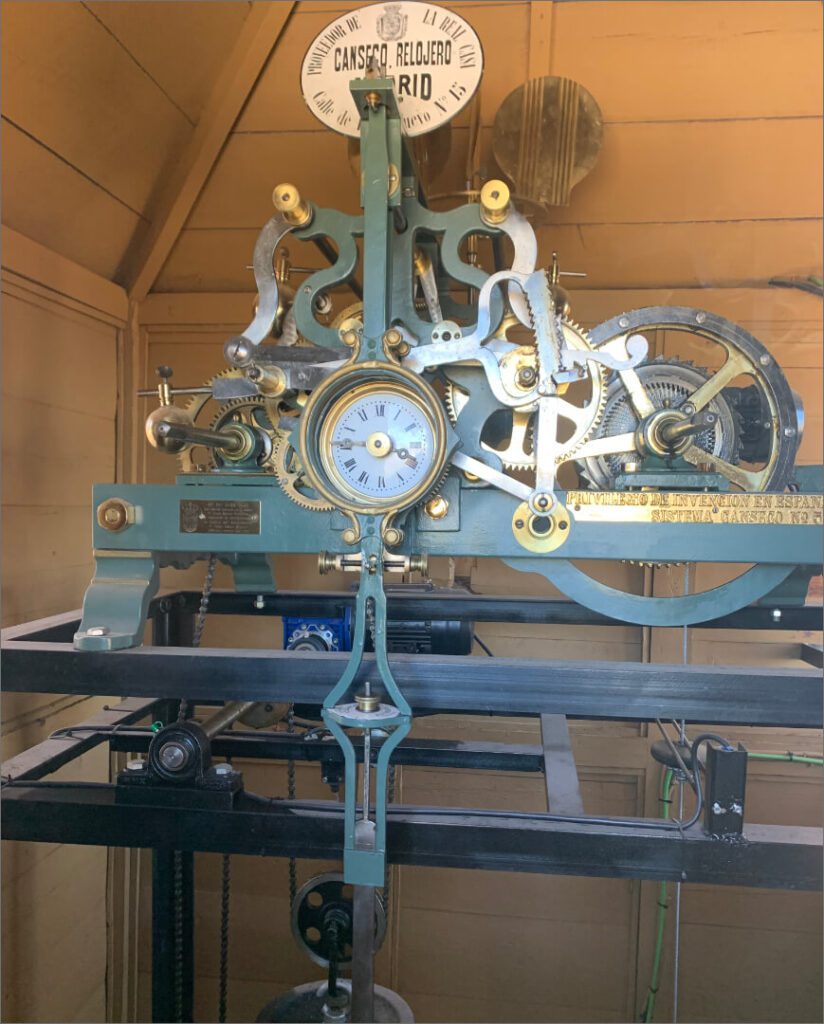
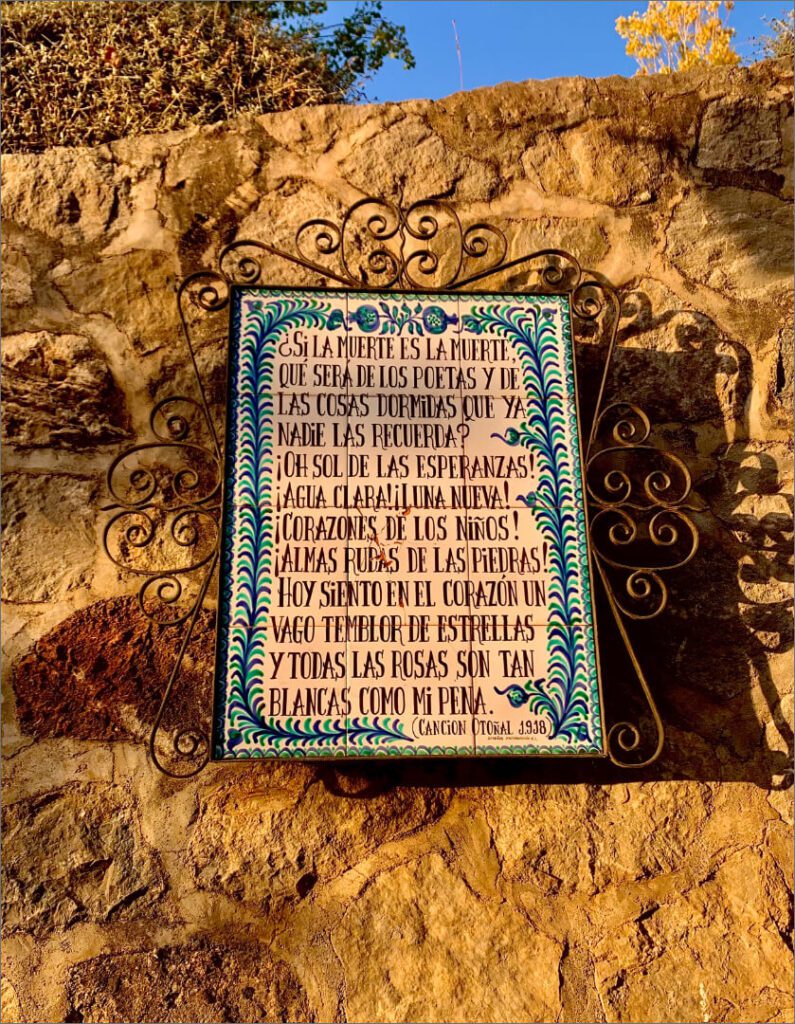

The 21st Century
Friday, 9 March 2001
Strategic plan to boost the bread industry in Alfacar with 700 employees.
The bread industry in Alfacar will be the focus of a strategic plan whose main objective is to revitalise and promote the traditional products made in its bakeries. The plan, sponsored by the City Council, has an initial budget of four million pesetas. Both the National Employment Provincial Directorate and the Caja de Granada Foundation will participate in the initiative. The project will be implemented over the next five months and will be carried out by ESECA.
Wednesday, 14 November 2001
Partnership agreement signed between the Alfacar Town Council and the Sevillian Electricity Foundation to illuminate the exterior of the Parish Church of Our Lady of the Assumption.
Friday, 22 March 2002
Official inauguration of the new artistic illumination of the Parish Church of Our Lady of the Assumption.
Thursday, 10 October 2002
Alfacar’s first public secondary school officially opened its doors.
The school is located on Avenida Federico García Lorca and covers an area of 6,000 square metres. This new building houses eight units and provides education for more than a hundred pupils. It is equipped with regular classrooms, as well as specialised areas for technology, music, art, IT, science and workshops. In addition to these spaces, the school is also equipped with a gymnasium, special classrooms and offices for teachers and the parents’ association.
Wednesday, 1 January 2003
Alfacar’s new public transport service came into operation.
Since 2003, the public transport service between Alfacar and Granada has been managed by the company AUTOGRANADINA. This change increased the number of services in both directions. A new feature was the inclusion of services on Sundays and public holidays.
MUNICIPALITY OF ALFACAR
TOURIST INFORMATION POINT
Plaza del Baño, nº7, 18170, Alfacar, Granada.
